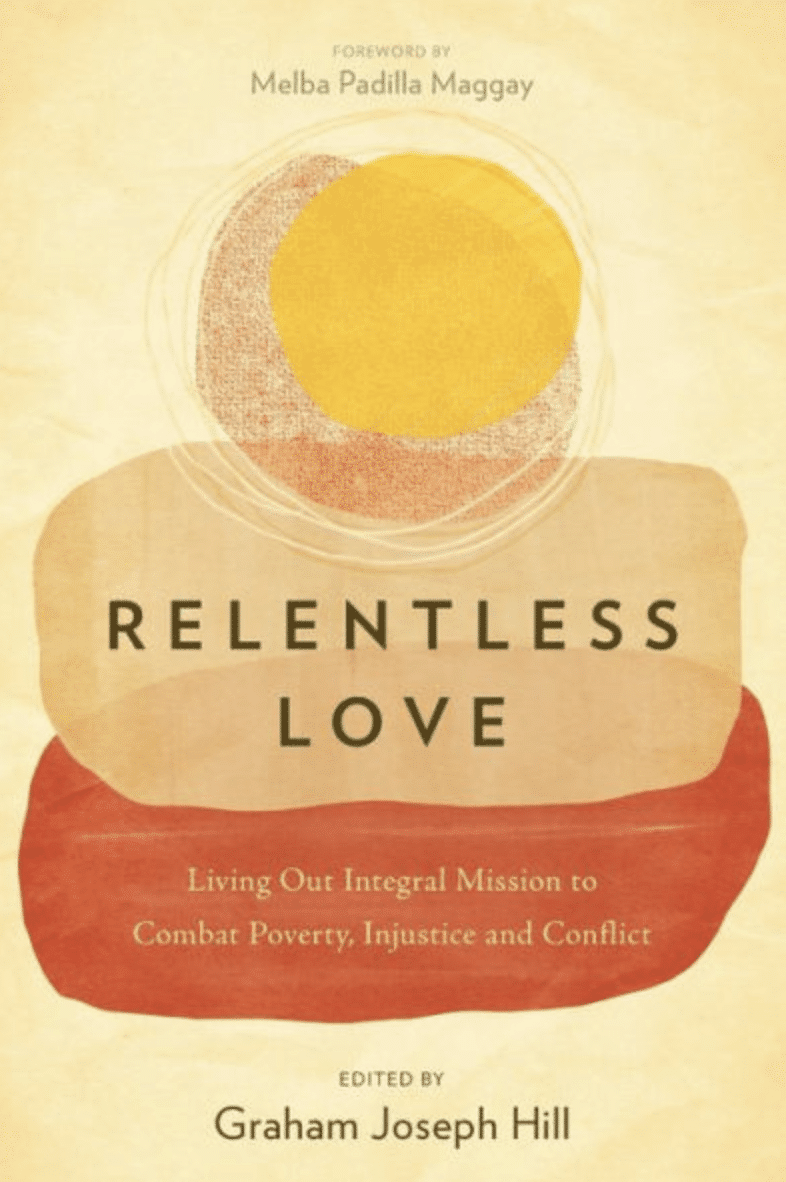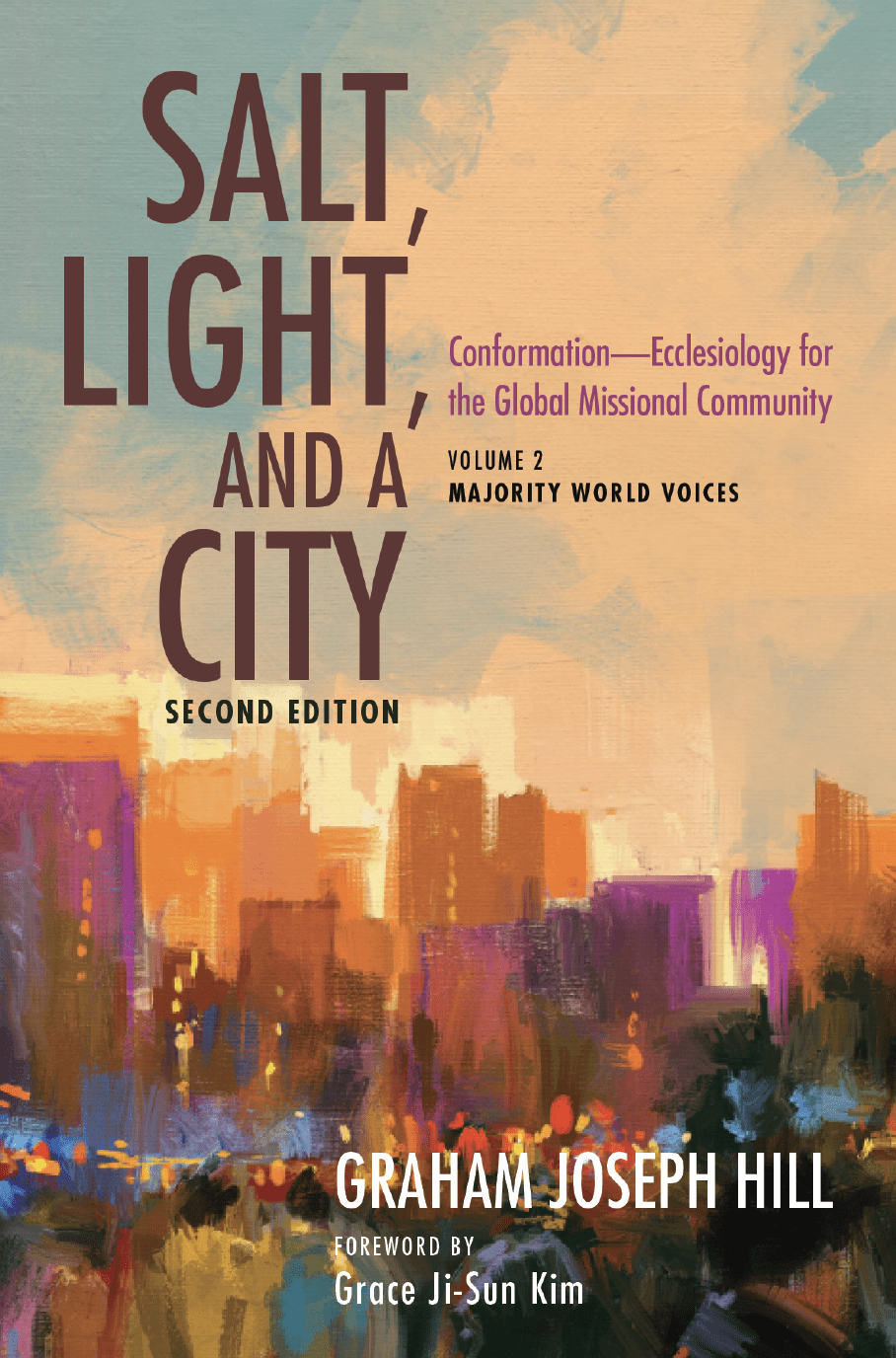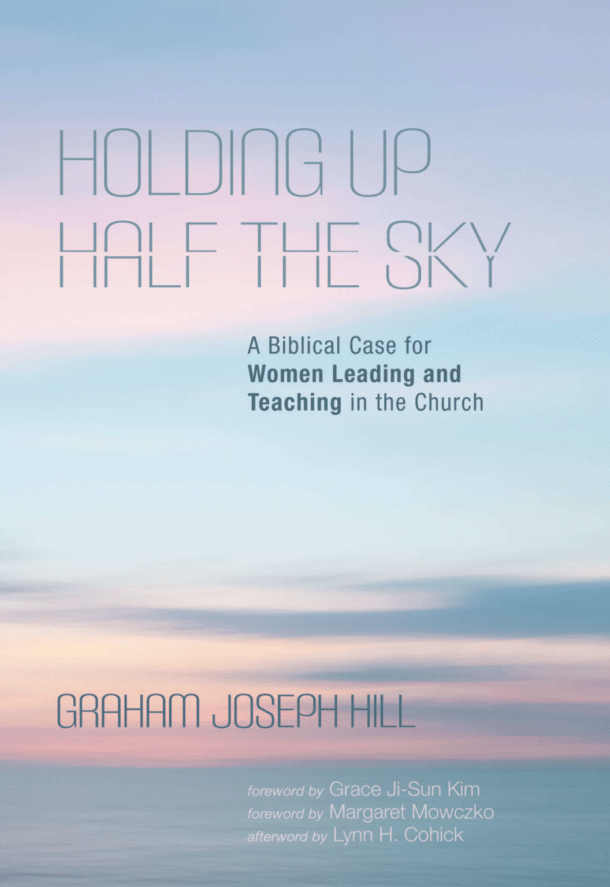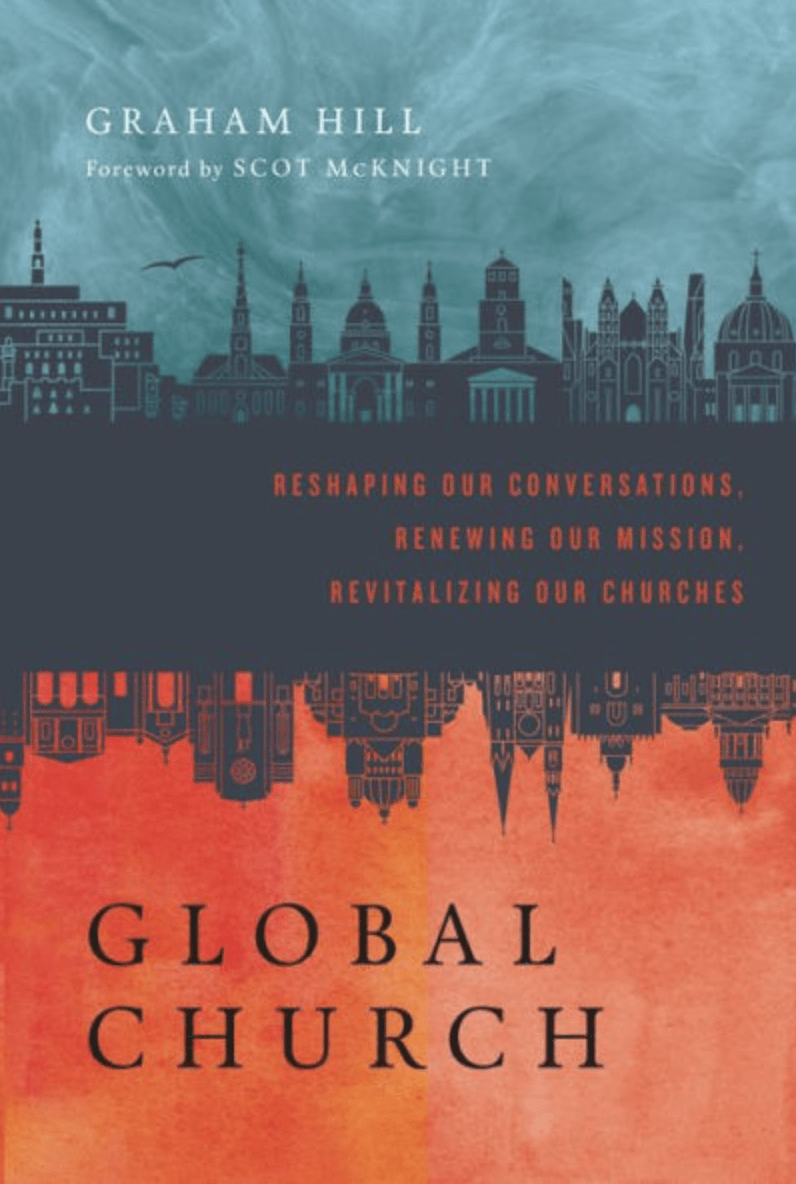I read four books this fortnight: “A Church Called Tov” (by Scot McKnight and Laura Barringer), “Redeeming Power” (by Dianne Langberg), “Art and Faith” (by Makoto Fujimura), and “Of Mice and Men” (by George Steinbeck). Here are short reviews and summaries of these four books.
A Church Called Tov
Abbé Pierre was a French Catholic priest who was probably more adored and admired than any other religious figure in France. His work among those experiencing homelessness, poverty, statelessness, and displacement was heralded globally, and Catholics worldwide lauded him as a figure of compassion and godliness. But, in a story that’s become all too familiar, Abbé Pierre has been accused of sexual abuse and violence by seven women, including one minor at the time of the abuse. There are claims in the BBC that the movement he founded (Emmaus International) and the Catholic Church knew about the abuse allegations and covered them up.
This abuse of power is not an isolated incident. Christian leaders who’ve been accused of sexual and other forms of abuse are numerous, from within both Catholicism and Protestantism, and institutional abuses transcend individual actions, as The Australian Royal Commission into Institutional Responses to Child Sexual Abuse has shown. We must learn from these past mistakes and work towards a future where power is used in alignment with Jesus’s teachings, with accountability, humility, and transparency at the forefront.
In the Bible, the Hebrew word “tov” (טוֹב) translates to “good” and appears over 700 times throughout Scripture. It encompasses a broad meaning of goodness, encompassing moral righteousness, well-being, and beauty. For example, in Genesis, when God creates the world, God declares each part of creation “tov,” affirming its goodness. In “A Church Called Tov”, Scot McKnight and Laura Barringer argue that churches should embody the biblical concept of tov by fostering environments of goodness, compassion, and justice, particularly in contrast to toxic or abusive religious cultures. McKnight and Barringer emphasize that churches must prioritize being “good” over mere success or power, aligning with God’s vision of flourishing and moral integrity.
In “A Church Called Tov: Forming a Goodness Culture That Resists Abuses of Power and Promotes Healing”, Scot McKnight and Laura Barringer present a prophetic call to the church—a call to cultivate a culture of goodness (tov) that reflects the heart of God. Rooted deeply in the biblical concept of tov, which means good, wholesome, and life-giving, McKnight and Barringer invite us to reconsider how our churches operate, especially in the face of moral and spiritual failings that have plagued so many communities of faith.
“This is a book about defending the redemptive value of the church while at the same time accepting the truth that broken and fallen people within the church—including pastors and other leaders—will sin, sometimes in shameful and damaging ways . . . Above all, this is a book of hope—about a better way, a way we’re calling the Circle of Tov (from the Hebrew word for good), and what it takes to form a culture of goodness in our churches that will resist abuses of power, promote healing, and eradicate the toxic fallout that infects so many Christian organizations” (pages 7–8).
McKnight and Barringer outline the dangers of toxic church cultures, offering a penetrating critique of systems that protect leaders over members, silence victims, and prioritize image over integrity. This toxicity, they argue, is not just a personal failure but a systemic issue that can harm an entire community. However, the authors do not merely diagnose the problem; they offer a hopeful and robust vision of what the church can be when shaped by the goodness and love of Christ. The answer is nurturing a “tov culture” that prioritizes empathy, grace, truth-telling, and justice.
A tov culture does not emerge by accident. McKnight and Barringer emphasize that it requires intentionality, constant vigilance, and leadership committed to fostering environments where people are truly valued and loved. The book breaks down seven markers of a tov culture, including empathy, grace, truth, and the prioritization of service over power. Each of these markers offers a concrete, actionable step toward transforming the church from a place of toxicity to a healing community.
“The bad news and the good news about culture can be summed up in the same statement: A rooted culture is almost irresistible. If the reinforcing culture is toxic, it becomes systematically corrupted and corrupts the people within it. Like racism, sexism, political ideologies, and success-at-all-costs business, a corrupted culture drags everyone down with it. On the other hand, if the reinforcing culture is redemptive and healing and good (tov), it becomes systematically good. A tov church culture will instinctively heal, redeem, and restore” (page 17).
This book is a necessity for the modern church. Every church leader, elder, Board member, and theological student must read “A Church Called Tov” annually (preferably as a ministry team). The book serves as a mirror to our ministries, forcing us to ask: Are we cultivating a culture of goodness that reflects Christ? Or are we perpetuating patterns that cause harm and diminish the gospel’s power?
A tov church does these things:
- Creating a goodness culture and resisting a toxic, abusive, harmful culture (chap 5)
- Nurturing empathy and resisting a narcissistic culture (chap 6)
- Nurturing grace and resisting a fear culture (chap 7)
- Putting people first and resisting institution creep (chap 8)
- Telling the truth, resisting false narratives, and forming a truth-telling culture (chap 9)
- Nurturing justice and resisting a loyalty culture (chap 10)
- Nurturing service and resisting a celebrity culture (chap 11)
- Nurturing Christlikeness (service and self-giving love) and resisting a leadership-focused culture (chap 12)
In a time when many are disillusioned by the church’s failings, McKnight and Barringer offer a way forward—a church where love prevails and healing abounds. Christ’s love manifests in every aspect of our shared life together. This book can transform not only individual churches but the global body of Christ.
Redeeming Power
The second book I read was “Redeeming Power: Understanding Authority and Abuse in the Church” by Diane Langberg. In her book, Langberg delves into the complex relationship between power and faith, particularly within Christian institutions.
Langberg writes, “Some corners of Christendom today have, I fear, become less interested in truth and more interested in power. We have acquired fame, money, status, reputation, and little kingdoms. Yet at the same time, we are steeped in pornography, marriages are failing in large numbers, abuse is covered up, the next generation is turning away, and we tolerate leaders in our organizations and pulpits who feed off their sheep” (page 146).
Langberg’s book critically examines how power is used and abused in Christian institutions and by Christian leaders today, as well as a call to use power the way Jesus did. “Jesus uses his power to protect, to expose, and to restore dignity. He calls his people to be in the world using our power under his authority, displaying his character by speaking the truth, shedding light, and tending and protecting the vulnerable” (page 173).
Langberg examines how power functions within Christian institutions, emphasizing both its potential for good and its capacity for harm. She explains how leaders can misuse power for control and abuse instead of fostering care and healing. Langberg calls for leaders to adopt Christ-like humility and servanthood, using power to nurture and protect. She challenges churches to be places of accountability, transparency, and healing, where justice is pursued and victims of abuse are supported, ensuring power is used for restoration and not oppression.
This book is a must-read for all pastors and leaders, challenging us to consider how abuse of power can grow in the church and what it means to reflect the humility, love, integrity, and honesty of Jesus Christ, giving away power for the sake of the flourishing and wellbeing of others, and especially those who are most vulnerable. Instead of covering up abuses of power and protecting our institutions and systems, we need to bring these things out into the light and seek to courageously defend and honour those we serve to truly imitate the self-giving, humble, healing ministry of Jesus Christ.
Art and Faith
In “Art and Faith: A Theology of Making,” Makoto Fujimura develops a theology of art, creativity, and making. Fujimura shows the intimate relationship between art, the artist, and the Creator and how God has created us in the divine image so that we can co-create with God.
Formal Western theology tends to be suspicious of imagination and creative expression, scorning theology done through art, dance, music, and other innovative mediums. Western art tends to be suspicious of Christian theology, pushing faith (especially Christian faith) to the fringes of artistic communities. Fujimura brings art and theology together, showing how each can enrich the other and how being co-creators with God is a way toward the fullness of life. God is the ultimate Artist and Creator, and the Spirit invites us to cooperate with God in creating beautiful, imaginative, provocative, and artistic things.
Fujimura offers a prophetic and provocative message to societies and institutions that prize utility, productivity, and pragmatism—the Spirit of Jesus Christ invites us all to be “makers” and co-creators, revealing the beauty and wonder of the “useless.” As co-creators with God, we look to the tears of Jesus as our model. Jesus’s tears were extravagant, useless, wasteful, beautiful, and sacred. The Christ who weeps extravagantly is the great Artist. Fujimura says, “What we deemed a waste, Jesus called the most necessary. Jesus wept.”
Kintsugi is the Japanese art of repairing broken pottery by mixing lacquer with gold, silver, or platinum and joining the broken pieces into a more beautiful bowl (or other pottery). The brokenness isn’t hidden; it is part of the object’s history, beauty, and “new newness.” Kintsugi may serve as a metaphor for our lives. The concept of “New Creation” fills the brokenness in our lives with divine light, similar to the Japanese art of kintsugi, where broken pottery is repaired with gold, making it even more beautiful than before. This theme runs throughout Fujimura’s reflections on how art and creativity reflect God’s work in the world.
“New Creation fills in the cracks and fissures of our broken, splintered lives, and a golden light shines through, even if only for a moment, reminding us of the abundance of the world that God created and that God is yet to create through us” (page 123).
Of Mice and Men
John Steinbeck’s classic novel “Of Mice and Men” explores themes of loneliness, friendship, the American dream, the struggle for survival, and the cruelty experienced by those who are too innocent for this world. The novel highlights the harsh realities faced by marginalized individuals, including older people, women, those with developmental disabilities, and racial minorities, emphasizing themes of isolation and broken dreams. Its portrayal of these universal struggles and its stark depiction of human nature and society has led to its recognition as a classic, reflecting the timelessness of these issues across generations. I cried at the closing scene and was surprised by how deeply I loved the characters so briefly but intimately portrayed in this novella.





